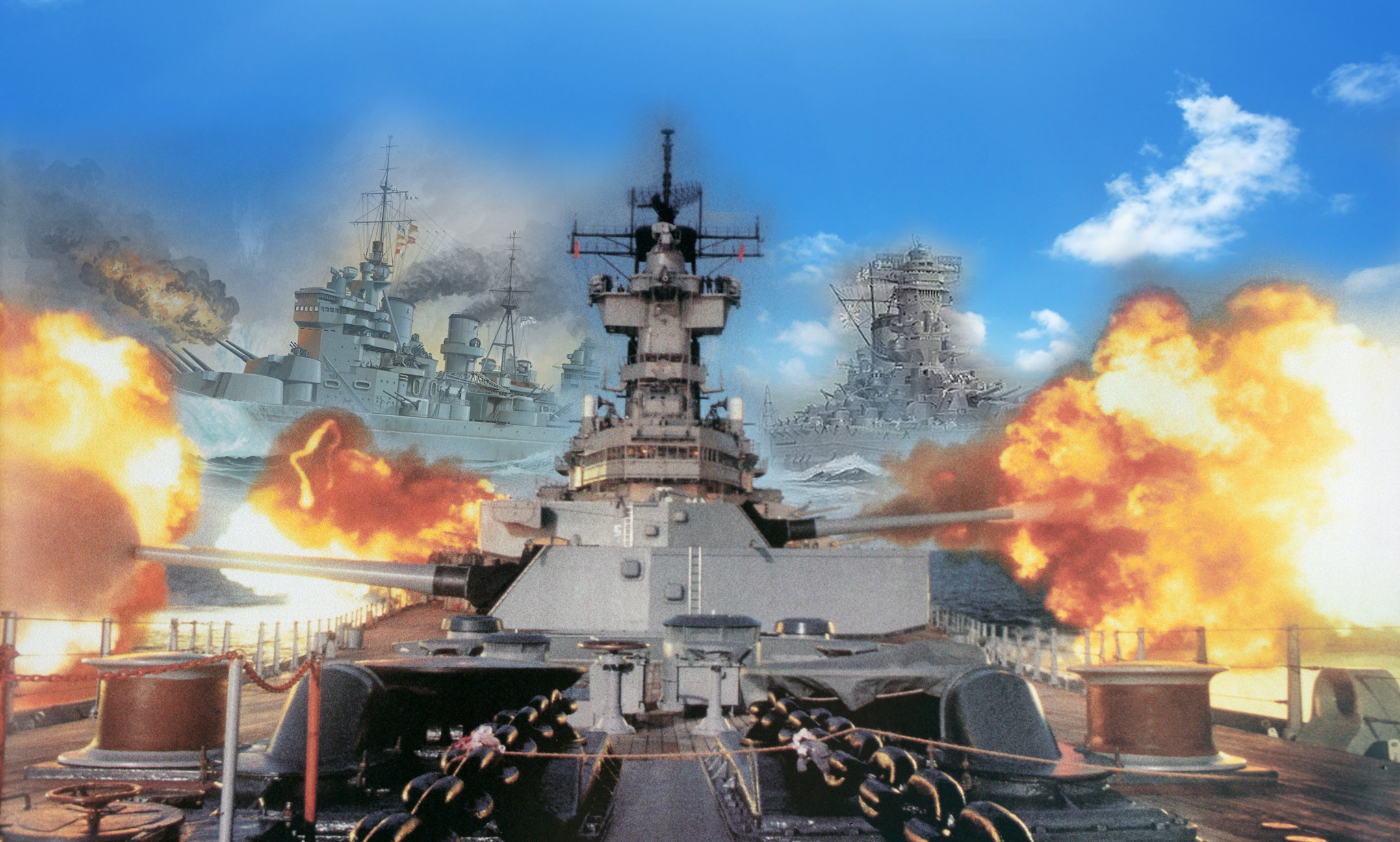All the US needs is to have ten or so dreadnoughts in the pacific fleet to scare away Japan. Also this gap is only gonna grow as Canadian steel is sued to build American dreadnaughts.
They would only have 8 at hand by June 1915. And if they send all of them to the Pacific, they virtually abandon the East Coast to British battleships.
And these ten or so dreadnoughts are not coming into the fray before 1917 at least (counting those which have already been laid down since Roosevelt second term began).
Meanwhile, the British would have added another 11 dreadnought battleships, the French would have added 3, Japan another 2, the Italians another 1, the Russians another 3, and I'm only counting those which were already well advanced by May 1915, and another 3 (2 by Japan laid down in May 1915 and a Revenge class which was laid down in 1913 but only launched in 1916 OTL); so in the end, we have between 20 and 23 more dreadnoughts on the Entente side by late 1916 (I see most of the dreadnoughts built here were laid down before the war, and there were very few constructions started during it).
On the other side, the Germans would have launched another 6 dreadnoughts, and my minimum estimate on US naval expansion based on OTL numbers and a voluntarist Roosevelt administration from 1913 onward gives another 15 planned or already laid down by early 1915 and to be commissioned between late 1915 and early 1918 (2 New York-class battleships in late 1915, 2 Nevada-class and 2 Pennsylvania-class BBs by mid to late 1916, 2 Tennessee-class BBs and 3 New Mexico-class BBs by mid 1917, and 4 Colorado-class BBs by mid 1918). We have here 21 new dreadnought battleships on the Central powers side at least.
In this conservative estimate, we have a parity in the buildup of dreadnought strength. Of course, I think the US will probably lay down more dreadnoughts as the war begins, but these won't enter commission before at least mid 1918; here, they would need to lay at least 14 more battleships to achieve parity with the Entente (if the balance of power on the seas shifts in a more decided way, that will probably be for units that are faster to build, from cruisers down, and that can hit hard Entente trade).
In the meantime, the war keeps going on, all while the US navy remains inferior in numbers for the time being. If by the election of 1916, American foreign trade has totally collapsed and that Alaska, Hawaii have been lost to the Japanese, Porto Rico and Cuba to the a Franco-British squadron and that the Pacific Fleet is bottled up in the Philippines because the US navy was still unable to seriously contest Entente hold of the seas while the invasion of Canada has degenerated into a bloody trench warfare stalemate (I'm saying a possible worst case scenario for the Americans here), then Roosevelt and Progressives' prospects at reelection are looking quite dim, no matter how many battleships the US are in midst of building.
Worst case still, a pro peace Bryan Democrat could then win in 1916 and the US make a separate peace in 1917, which the Entente would hardly be in a position to refuse, and incidentally, a separate peace with the US leaves the door open for another with Austria-Hungary as it would avoid the hardline stance of OTL at this point ITTL.
Russia would still be embroiled in revolution, but the exit of Austria-Hungary would trigger a domino effect as Romania which I suspect staying out of the war unlike OTL (incidentally alleviating the burden put on Russian forces that were required to reinforce the Romanian front) could enter the fray now in an opportunistic manner, in turn pushing Bulgaria towards the exit. That leaves the path towards Constantinople wide open as the Turks can still resist if determined: their southern fronts are less critical since ITTL because of troops requirements for North America and Western Front grow more urgent, the British would have limited their actions to strict defense of the Suez canal (possibly still a limited campaign in the Sinai but no advance into Palestine) and of the oil fields in Lower Mesopotamia and Khuzestan (no further push to Baghdad after the disaster at Kut, perhaps even no disaster at Kut if the OTL 1915 autumn push to Baghdad isn't ordered), Russian advance into Anatolia has largely stalled and is on verge of collapse because of the revolutions in Russia proper; all in all, they can try to bolster the Catalja line and turn it into a formidable Gallipoli defense if the collapse of Bulgaria leaves them time to do so.
Besides, less battleships and a less pronounced superiority in the North Sea during an ATL Jutland doesn't necessarily mean the British will lose it.



